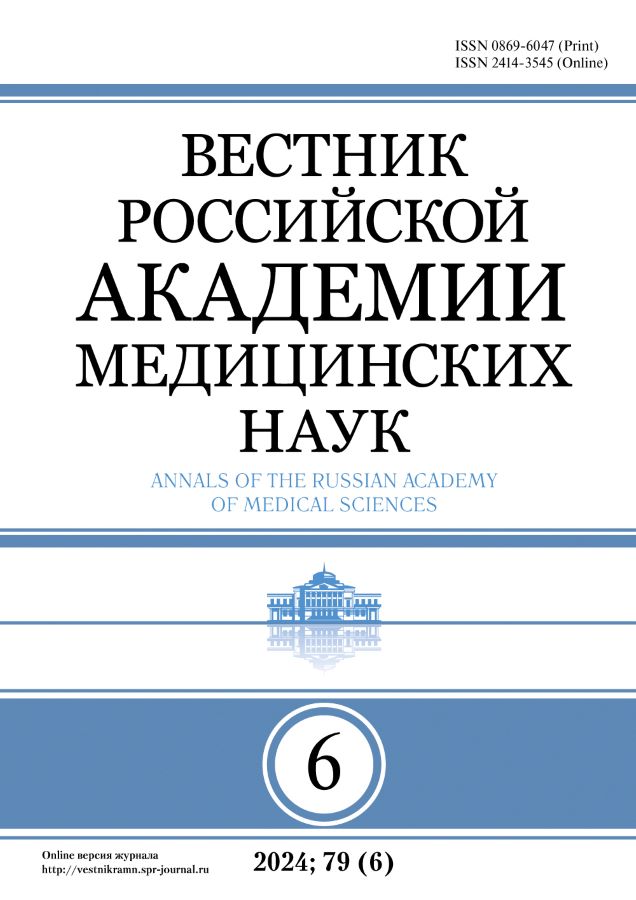Аннотация
Снижение сократительной способности мышц у больных после оперативного удлинения отстающей в росте конечности является главным фактором, ограничивающим масштаб ортопедического лечения.
Цель исследования: изучить зависимость сократительной способности мышц бедра и голени от их продольных размеров у здоровых и больных индивидуумов разного возраста и у больных при различных вариантах нарушения естественного роста одной из нижних конечностей до и после ее оперативного удлинения по Илизарову.
Методы: с помощью оригинальных динамометрических стендов проведено сравнительное исследование максимального момента силы различных групп мышц бедра и голени.
Результаты: в исследовании приняли участие 78 больных в возрасте от 4 до 40 лет с отставанием в продольном росте одной из нижних конечностей на величины от 3 до 12 см. Контрольную группу составили 424 здоровых ребенка в возрасте от 7 до 15 лет и 36 обследуемых в возрасте 18–35 лет. Показана зависимость максимального момента силы различных групп мышц бедра и голени от продольных размеров этих сегментов конечности как у здоровых обследуемых разного возраста и пола, так и у больных при нарушении продольного роста конечности до и после ее оперативного удлинения. На каждый сантиметр отставания пораженной конечности в продольных размерах происходило снижение силы ее мышц и мышц интактной конечности (например, задней группы мышц голени на 3,2 и 1,7 Нм, соответственно).
Заключение: при равной величине укорочения голени сила ее мышц относительно больше снижалась у больных с врожденными заболеваниями и последствиями перенесенного остеомиелита и меньше — при последствиях травм. Обнаружено компенсаторное увеличение силы мышц контрлатерального бедра лишь при существенном снижении сократительной способности мышц больной голени.








